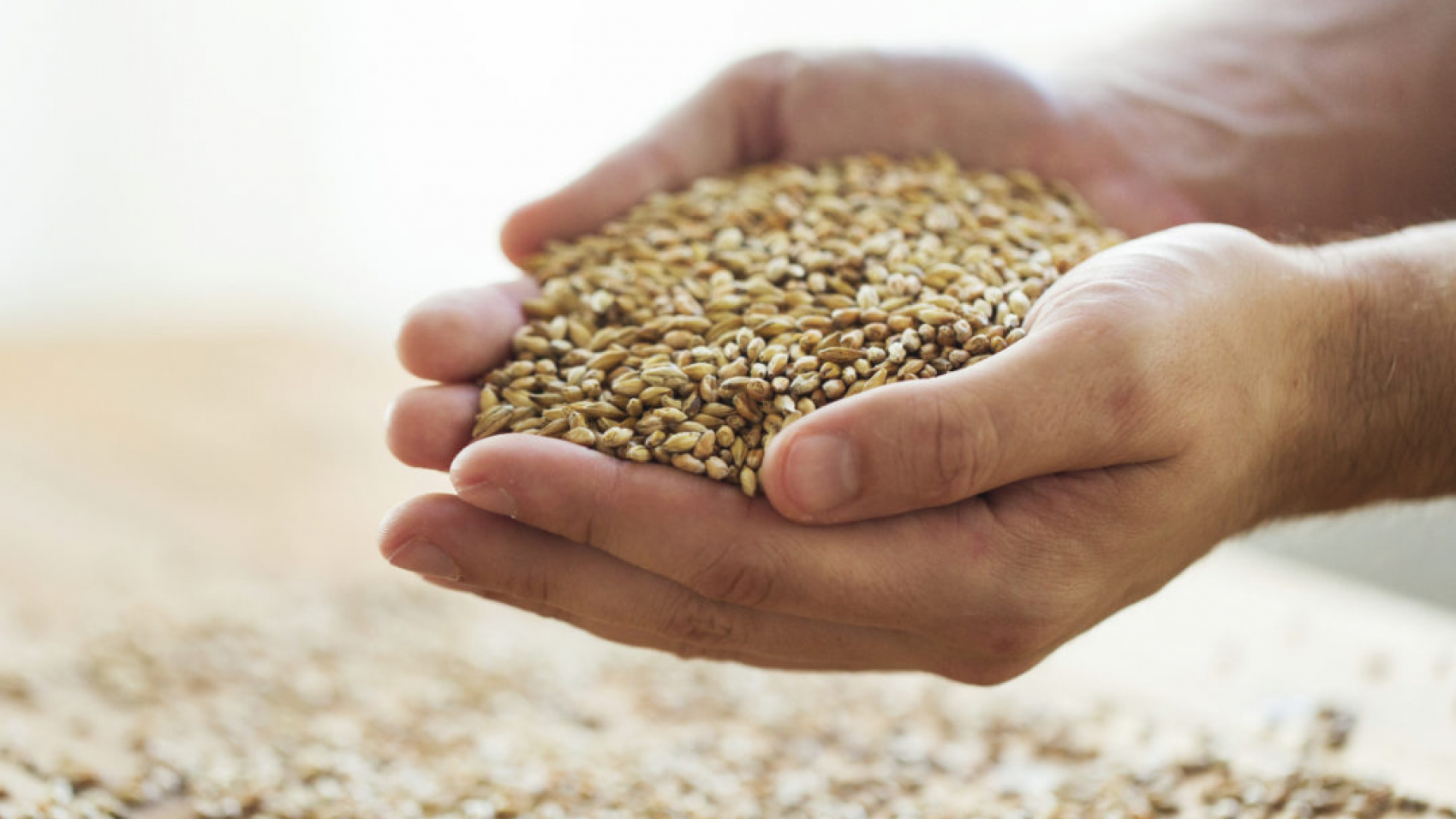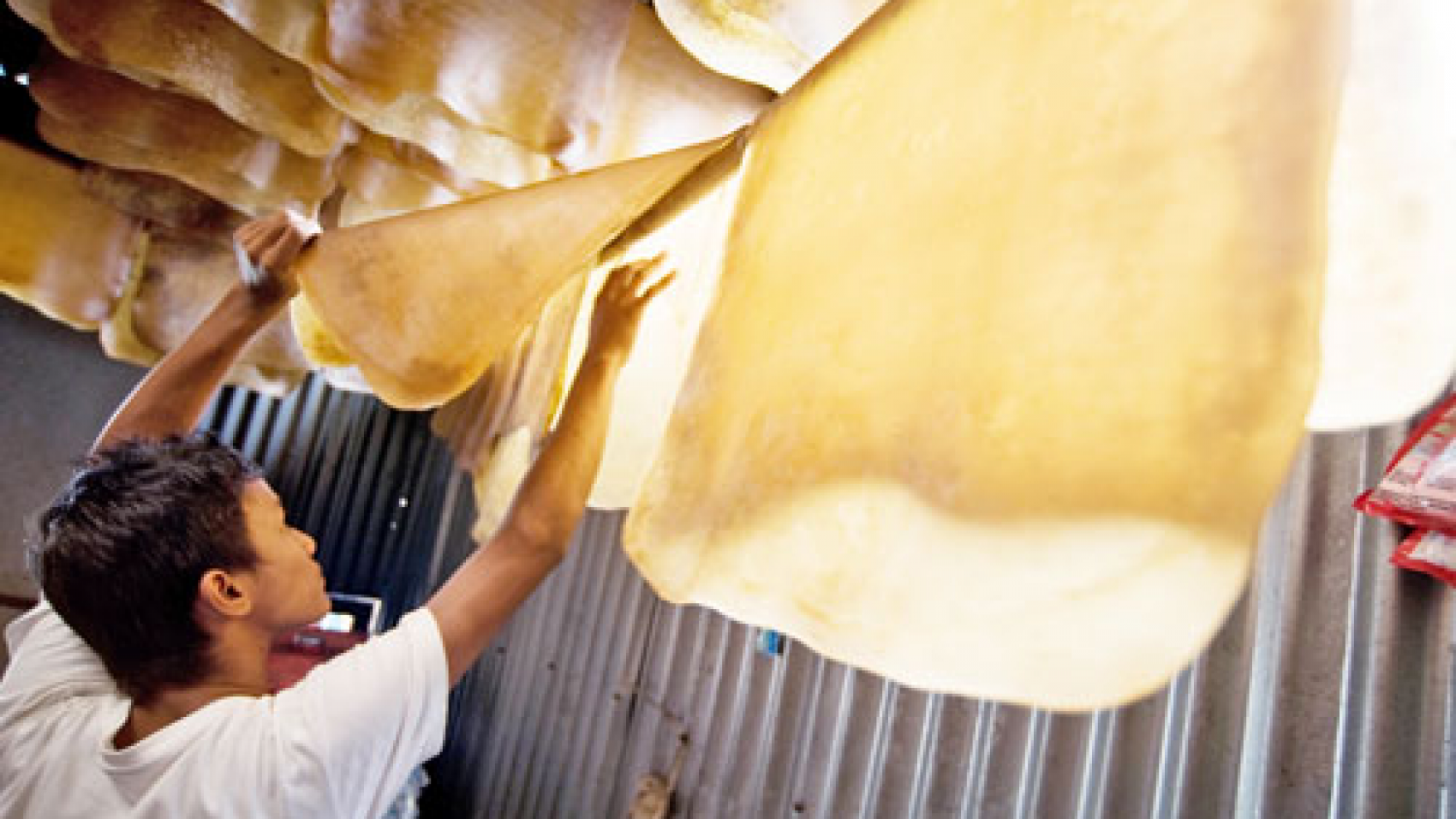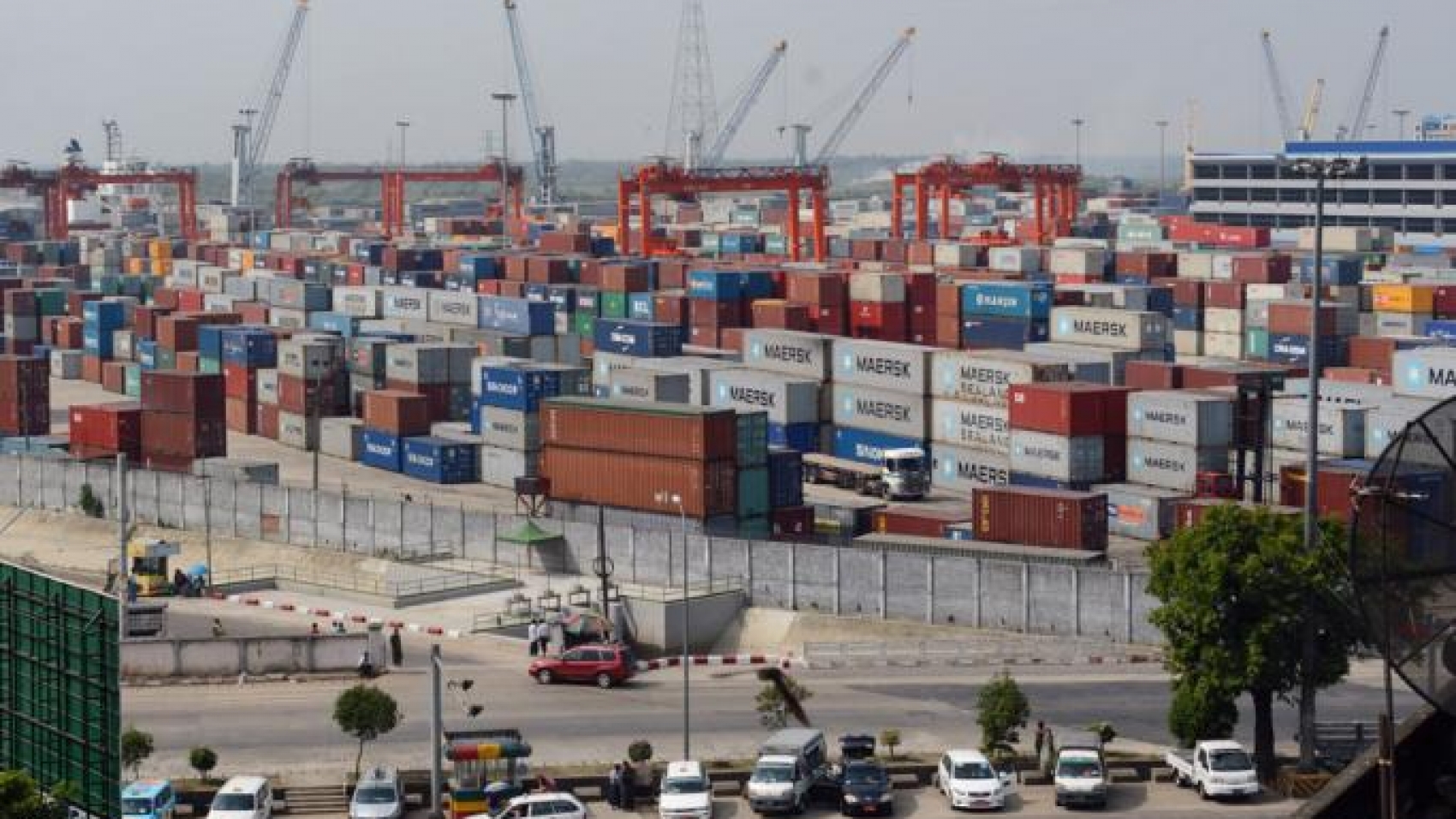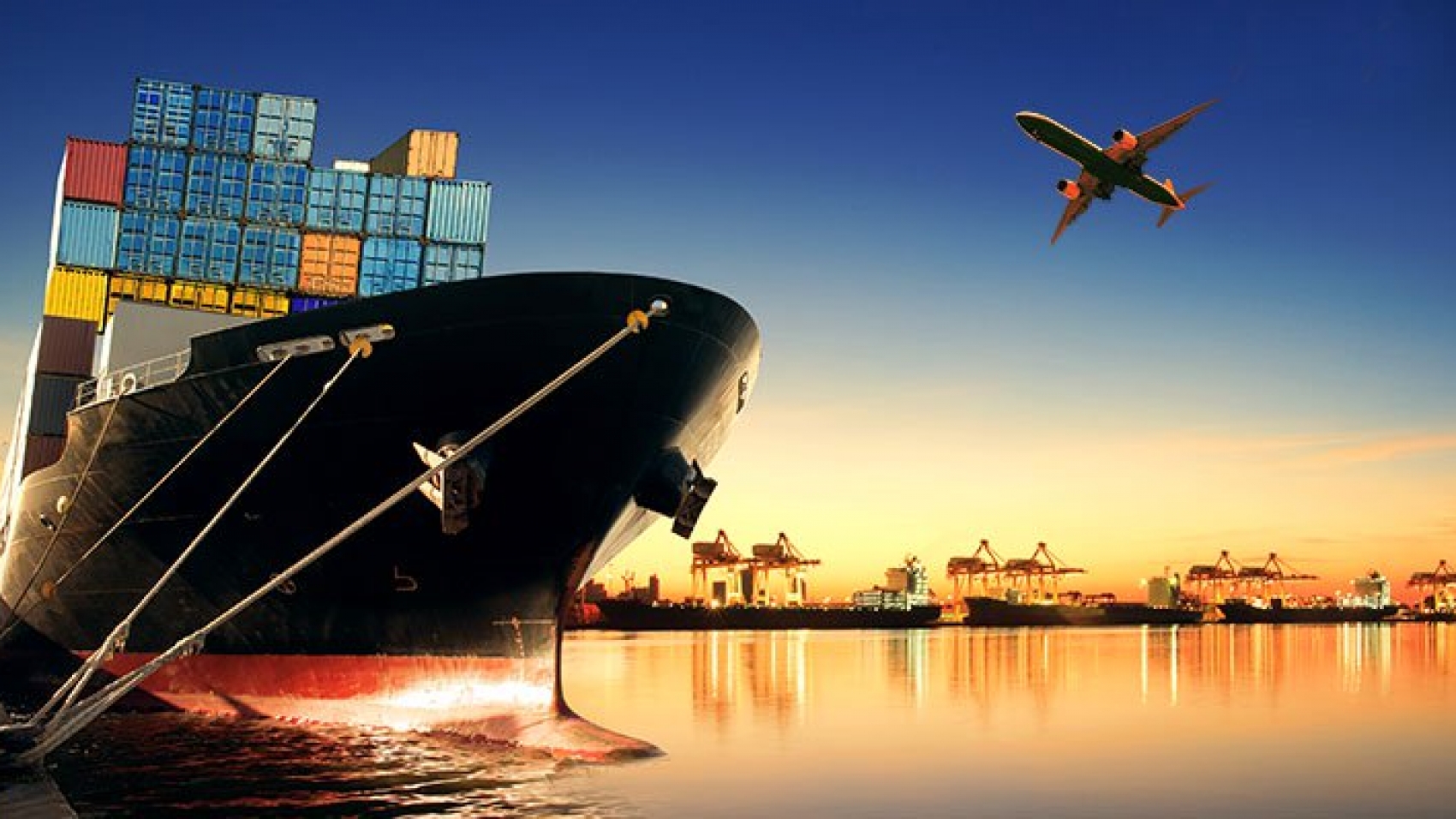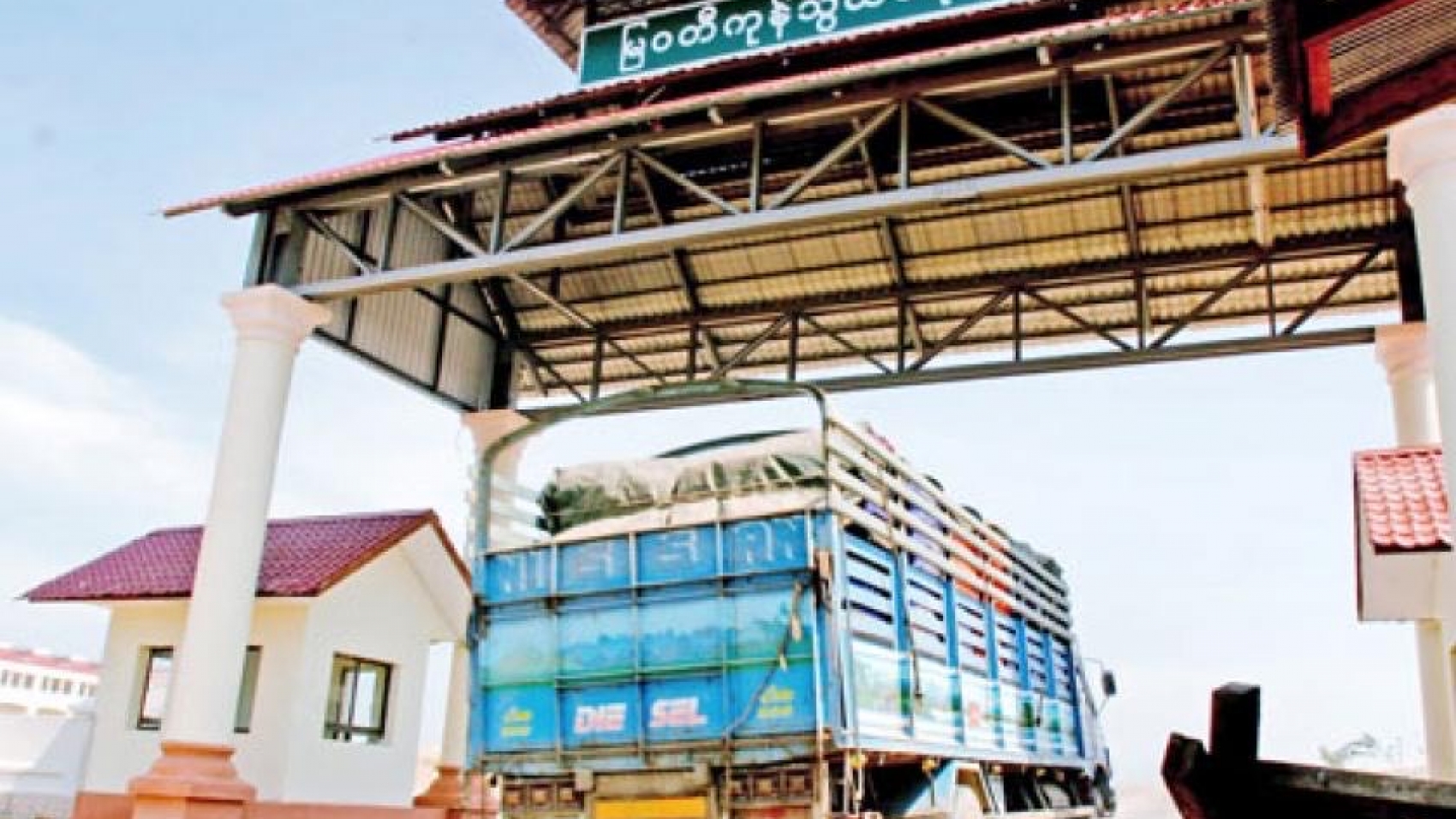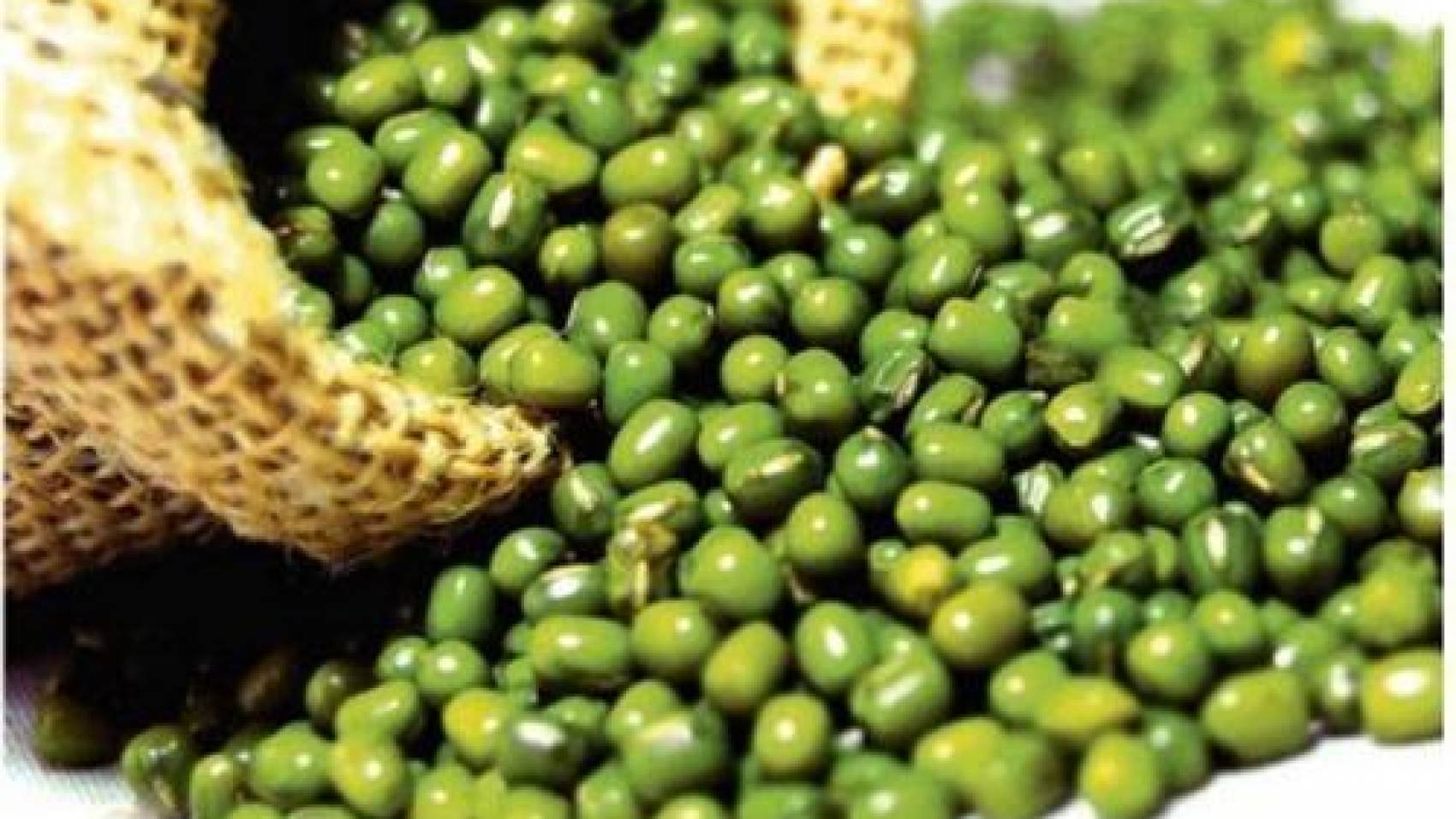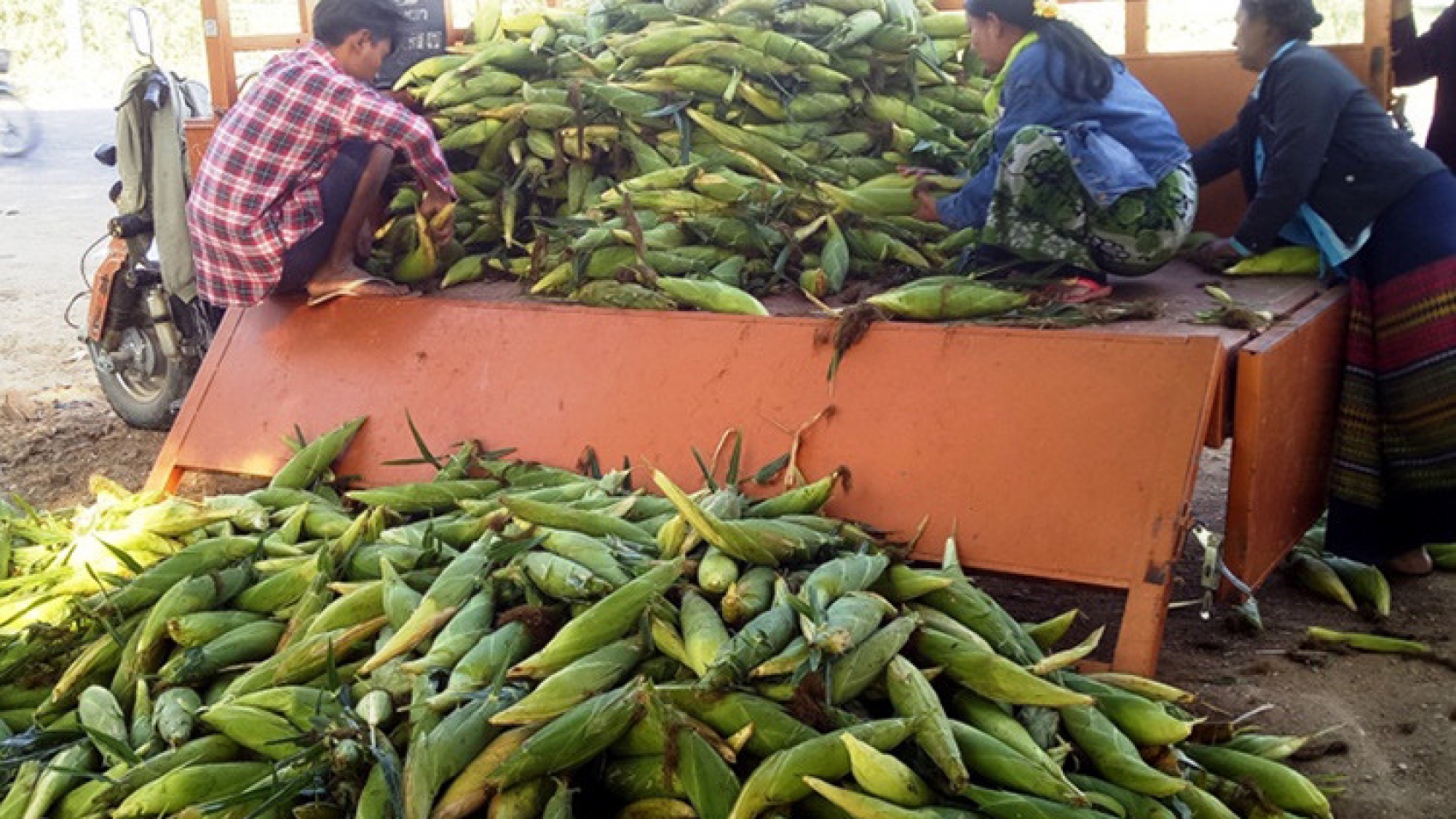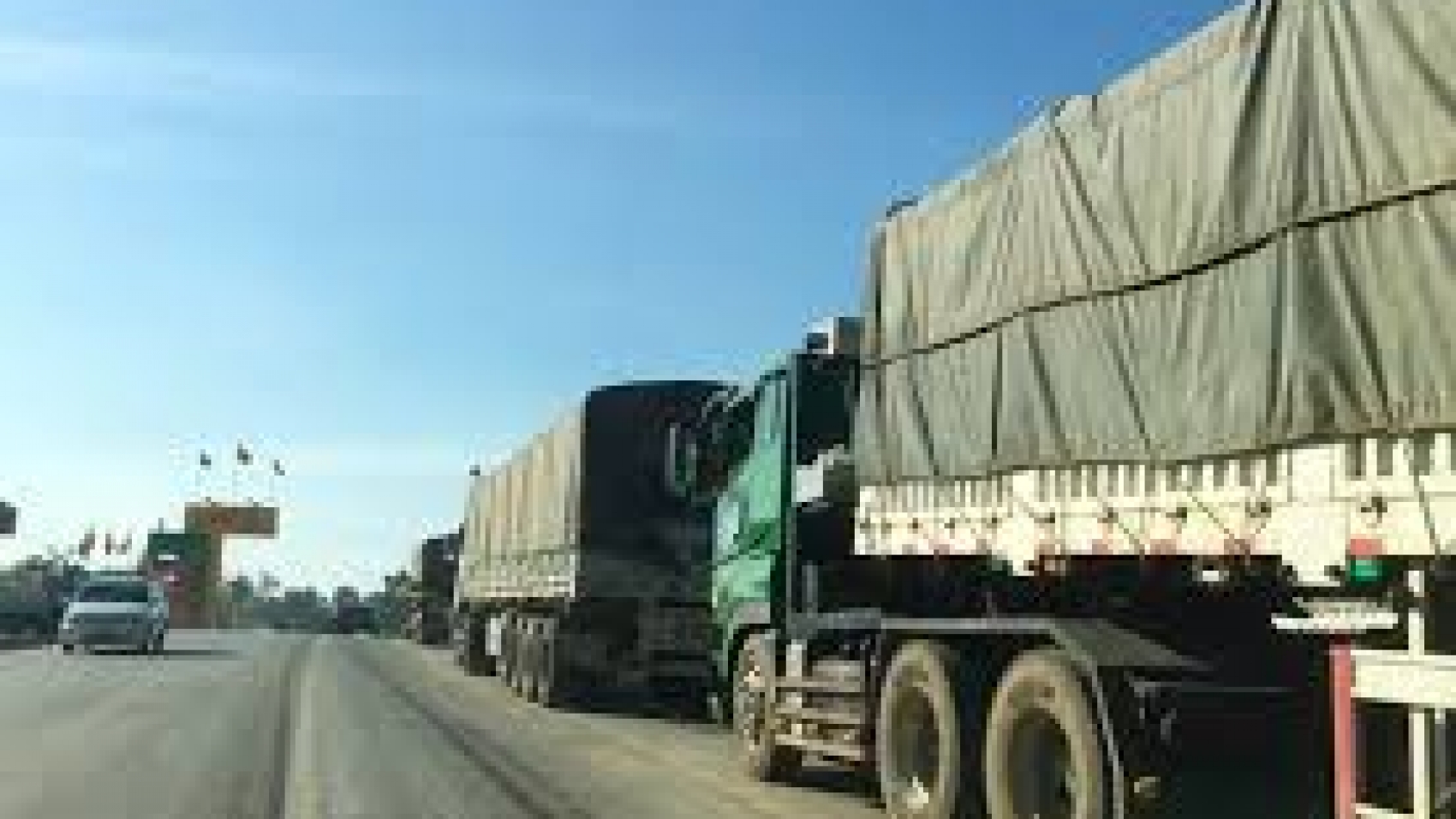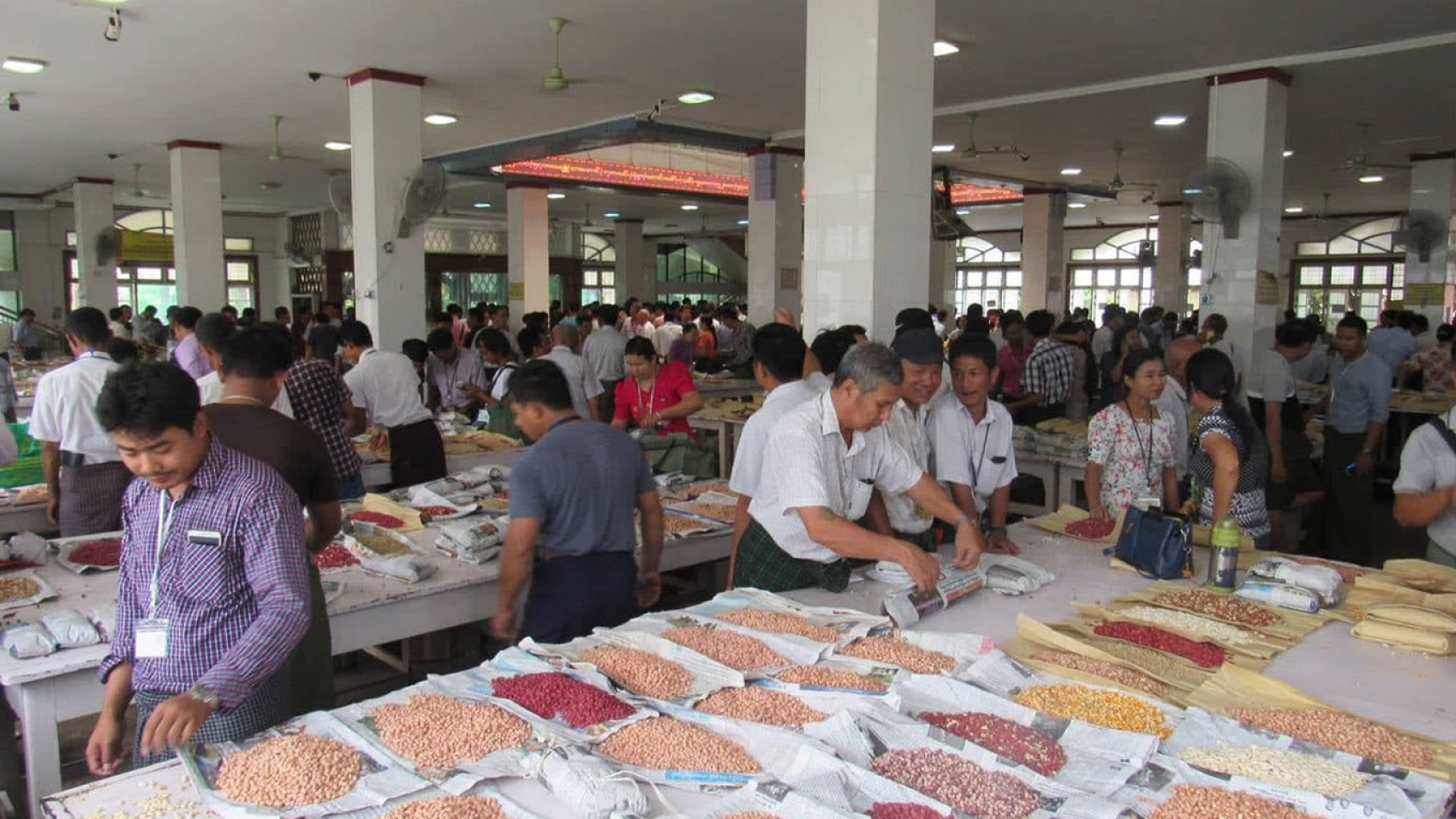From March 2, the Department of Commerce announced that 141 lines of goods containing wheat and plastic raw materials will be added to the list of goods that need to apply for import licenses. Import Newsletter (2/2022). In the aftermath of the Kovis-19 outbreak, businesses may need to be rehabilitated. The country’s exports; According to the Ministry of Commerce, some imported goods will be licensed under the import license system in order to streamline imports and regulate the use of foreign currency for imports.
In order to regulate some imported goods under the import license system, some goods lines are required to apply for import licenses as the first step. The second step is to import some food items with the Import / Export Newsletter (1/2022). Some basic plastic products and some home appliances; Wood pulp, cotton carpets and rugs; Textile All kinds of glassware; According to the 2017 Customs Tariff of Myanmar, which includes bicycle and vehicle spare parts, Hs.
Currently, Hs. As of March 2, 2022, 57 product lines with Code 6 Digit or 141 product lines with Hs Code 10 Digit have been added to apply for import licenses. Therefore, according to Notification No. 68/2020 issued on October 22, 2020, 3931 product lines with Hs Code 10 Digit are required to apply for import license. Hs Code 10 Digit issued by Newsletter on Import and Export (18/2021) with 3070 product lines; Hs Code 10 Digit issued with Newsletter (1/2022) Attached Hs, including 826 product lines.
The goods specified in the codes are the goods lines that need to apply for an import license, and any of the goods lines that need to apply for a license in paragraph 2 above may be imported by sea. It has been announced that the import of goods by air and border trade will start from March 2, 2022 only after applying for an import license in accordance with the procedures. The list of goods in paragraph (3) above, which is required to apply for an import license, will be issued in accordance with the Import and Export Law. Myanmar imports investment goods, Business raw materials; Consumer goods According to the Ministry of Commerce, CMP raw materials are mainly imported.
Source: Daily Eleven

